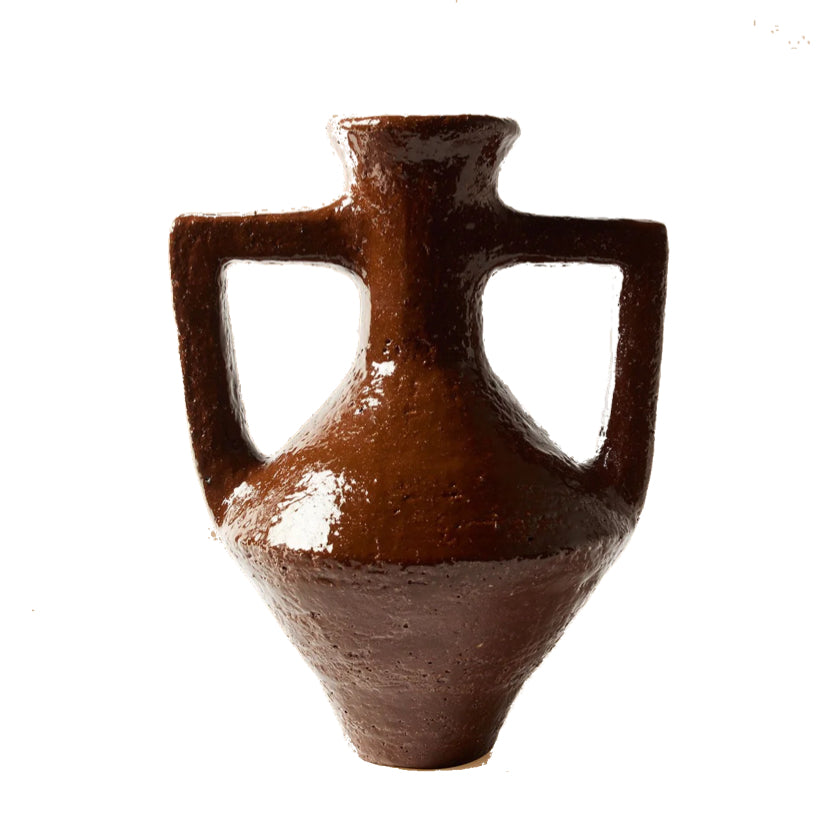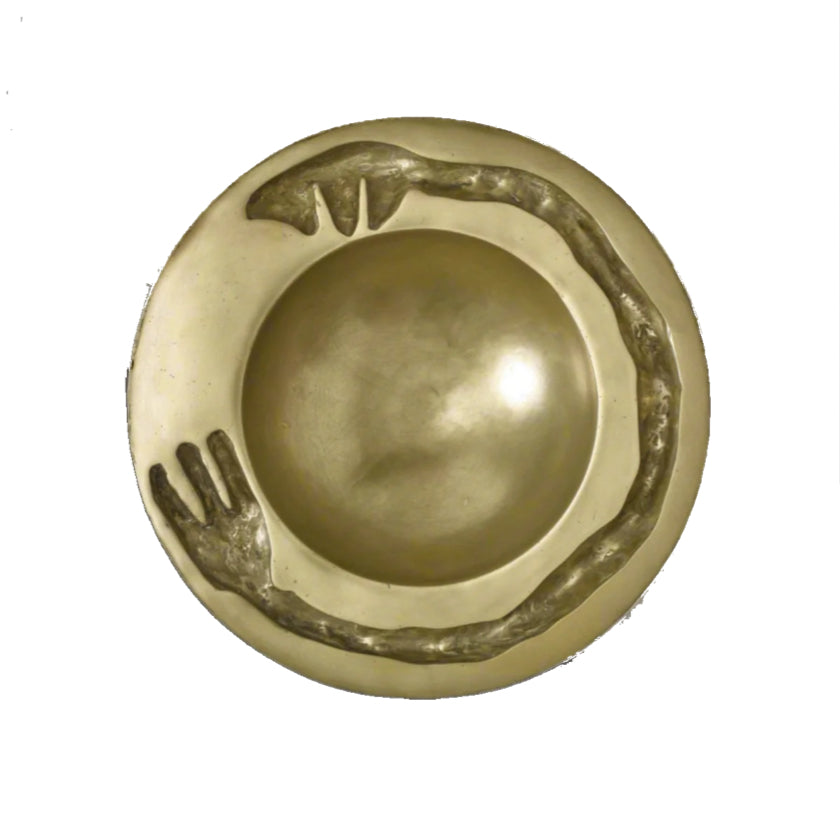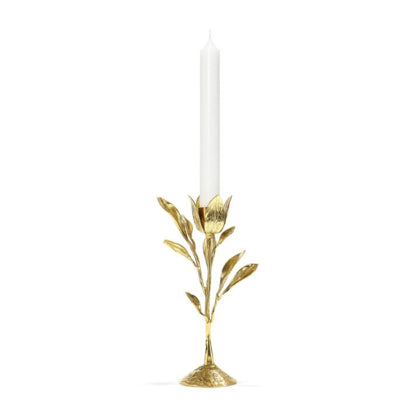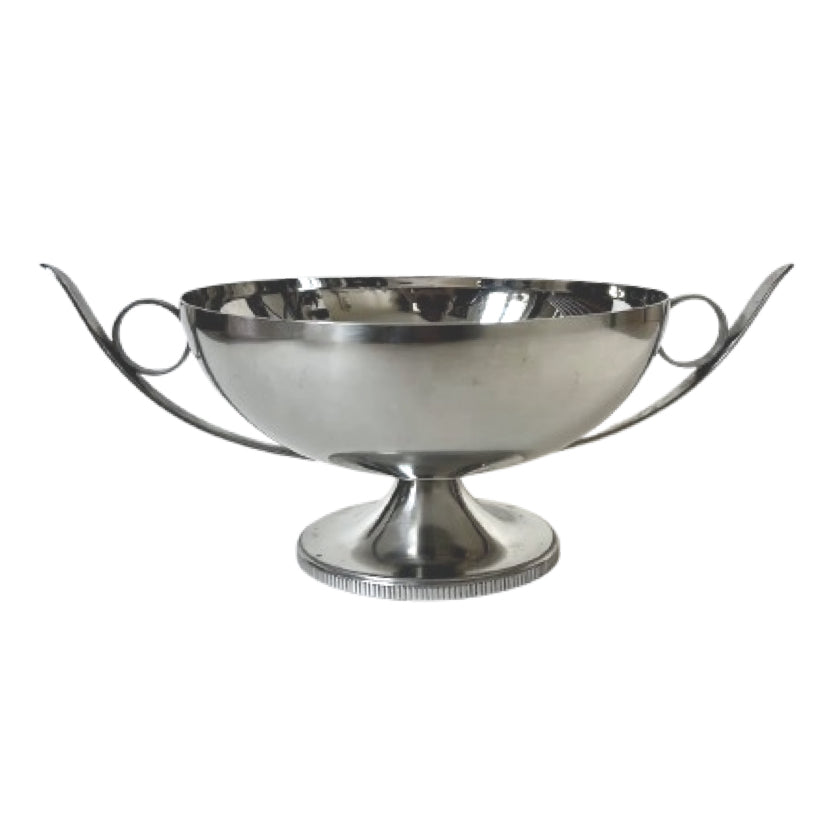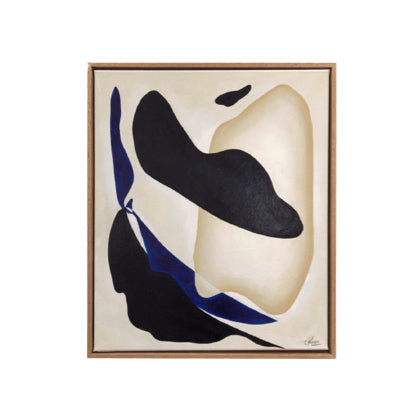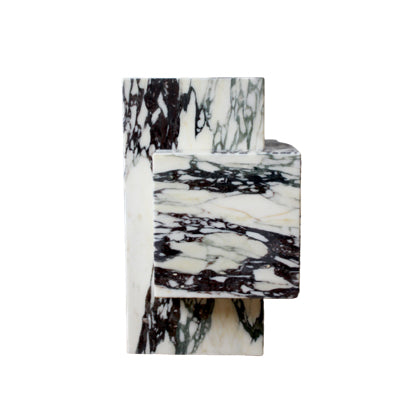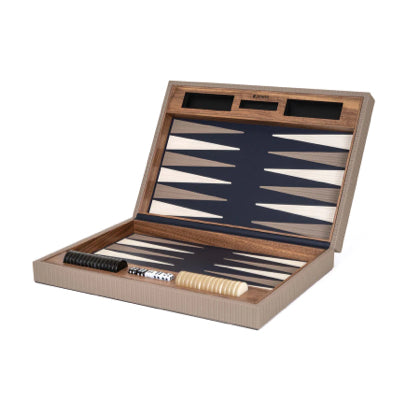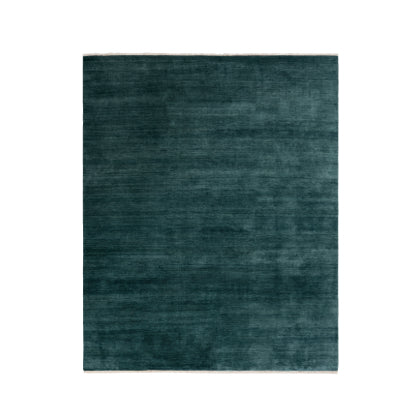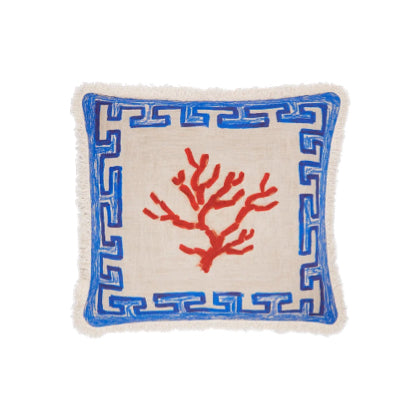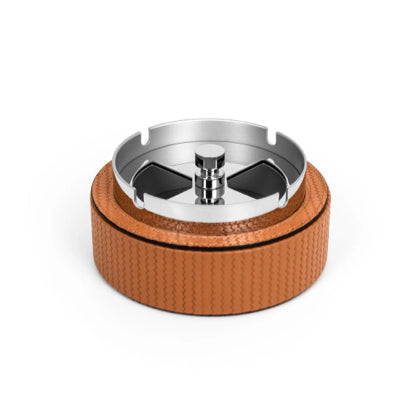Maximalist art
Understanding the Philosophy Behind Maximalist Art
In our curation process, we prioritize pieces that resonate with the essence of maximalism, including various forms of wall painting design that evoke emotions, provoke thought, and create a connection between the artist and the viewer.
The beauty of maximalism lies in its defiance of simplicity. It challenges the viewer to find meaning amid abundance, often leading to a deeper appreciation for the nuances of design. By presenting a diverse array of artworks, we invite you to experience the richness that maximalist art offers. Each piece serves as a celebration of creativity, drawing from an extensive palette of colors and shapes that invite exploration.
In our curation process, we prioritize pieces that resonate with the essence of maximalism. We believe that art should evoke emotions, provoke thought, and create a connection between the artist and the viewer. This collection, with its eclectic mix of styles and influences, captures the spirit of maximalist art beautifully, allowing individuals to find joy in the unexpected.
Maximalism is a vibrant and bold design aesthetic that celebrates abundance and excess. Unlike minimalism, which advocates simplicity and restraint, maximalism encourages the use of vivid colors, intricate patterns, and a plethora of textures. This style can be seen in various forms of art and design, from interior spaces overflowing with eclectic decor to dazzling artworks that push the boundaries of conventional representation. The key to maximalism lies in its ability to create a sense of joy and exuberance, inviting viewers to revel in the richness of the visual experience.
Historically, maximalism emerged as a reaction against the sterile nature of minimalism, gaining popularity in the late 20th century and continuing to evolve today. Artists and designers began to embrace a philosophy that valued personal expression and individuality, resulting in an aesthetic that often feels like a celebration of culture and identity. This movement has roots in various artistic traditions, including Baroque, Rococo, and even aspects of Pop Art, all of which emphasize ornamental detail and exuberance.
Culturally, maximalism reflects a longing for connection and richness in an increasingly digital world. It challenges the notion of less being more, inviting us to indulge in the beauty of excess. This aesthetic not only influences the visual arts but also extends to fashion, music, and lifestyle choices, creating a holistic approach to living that values diversity and creativity. As people seek to express their unique identities, maximalism offers a refreshing perspective that celebrates individuality and the complexities of modern life.
Incorporating maximalist design into your space can seem daunting, but with a few thoughtful tips, it becomes an engaging endeavor. Begin by selecting a color palette that excites you while maintaining a cohesive look. Layering bold patterns and textures is essential; mix florals with geometric shapes or stripes, creating a visual feast that invites curiosity and engagement. This approach not only enhances the aesthetic but also reflects your personality, turning your home into a vibrant canvas.
When styling with maximalism, consider the balance between chaos and harmony. Carefully curated collections of artwork, textiles, and decor can create a dynamic atmosphere. Group similar items together, but don't shy away from contrasting styles and eras. This juxtaposition adds depth and character to your design. Remember, maximalism celebrates abundance, so let your creativity run wild while ensuring that each piece contributes to the overall story of your space.

